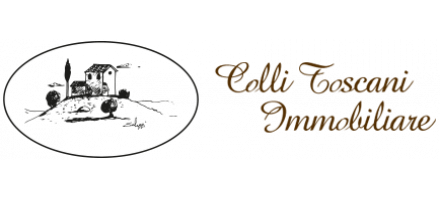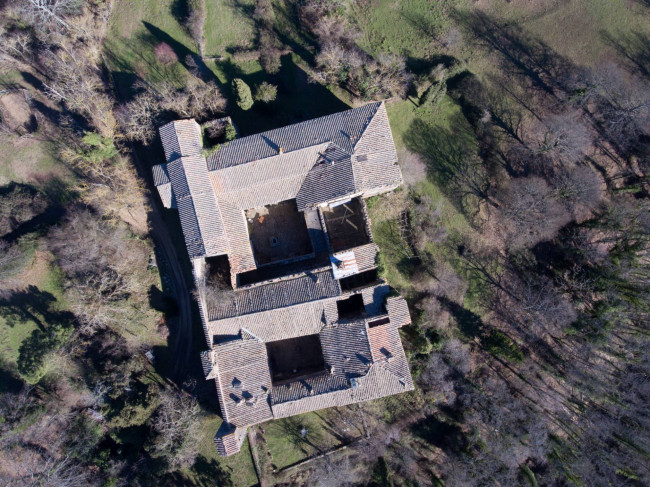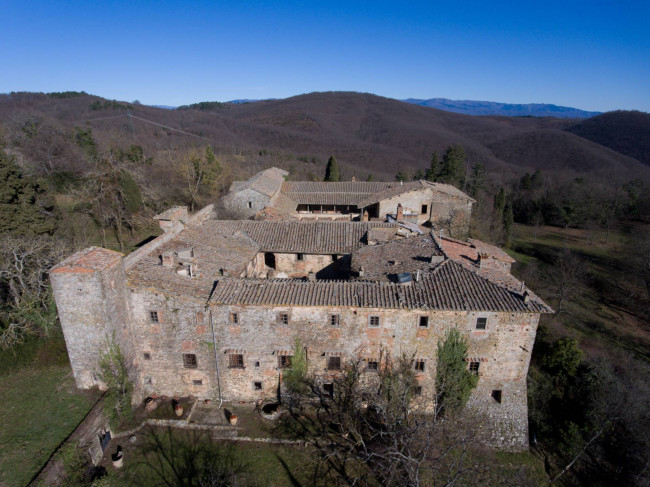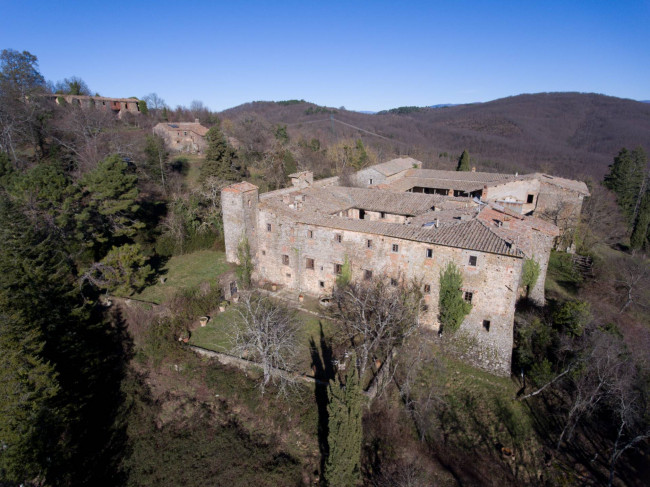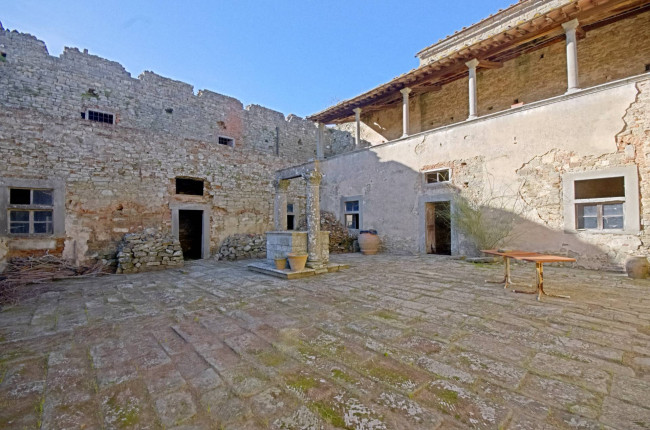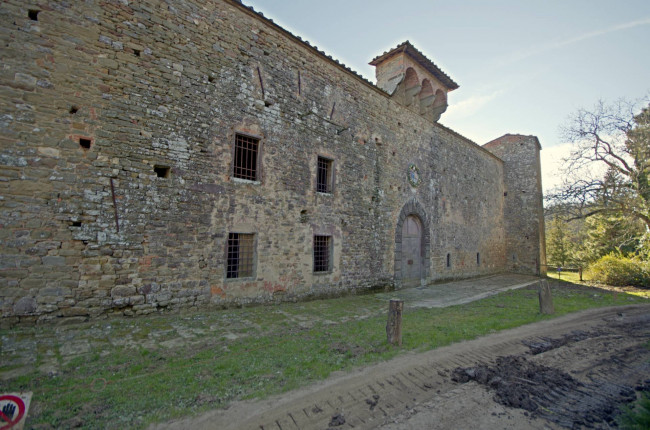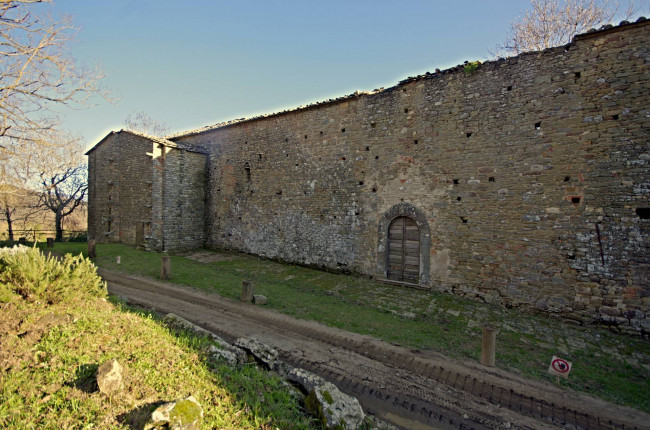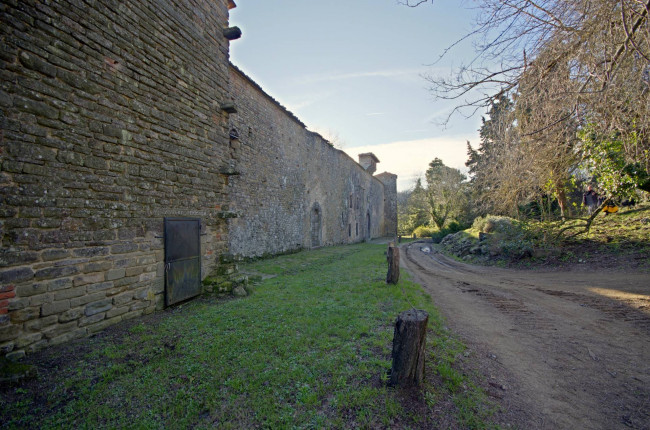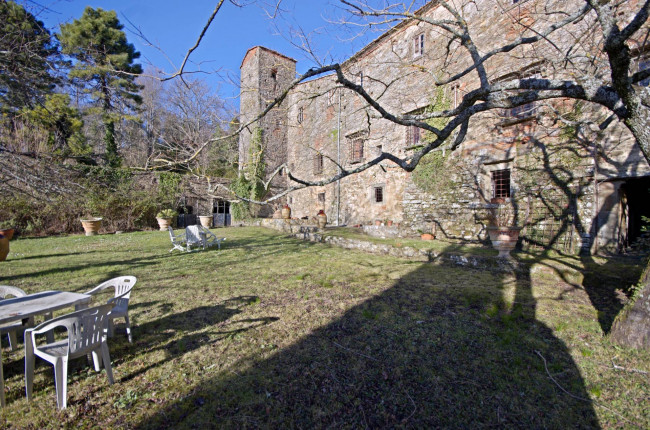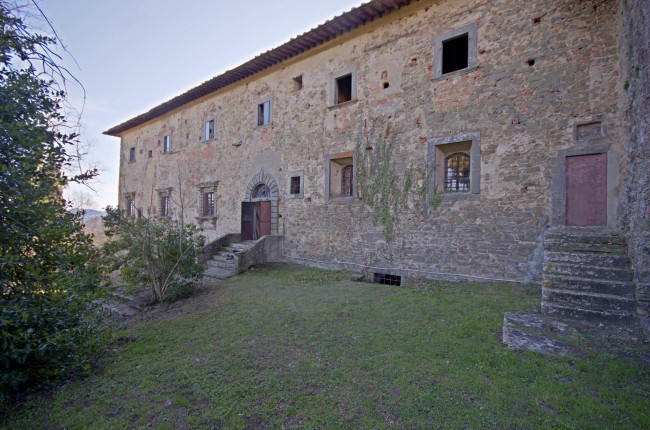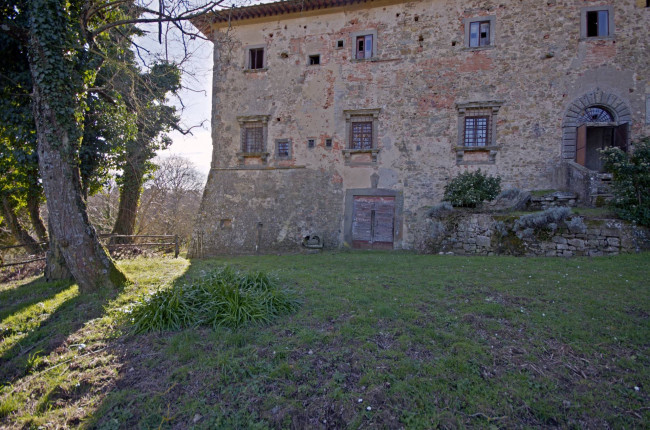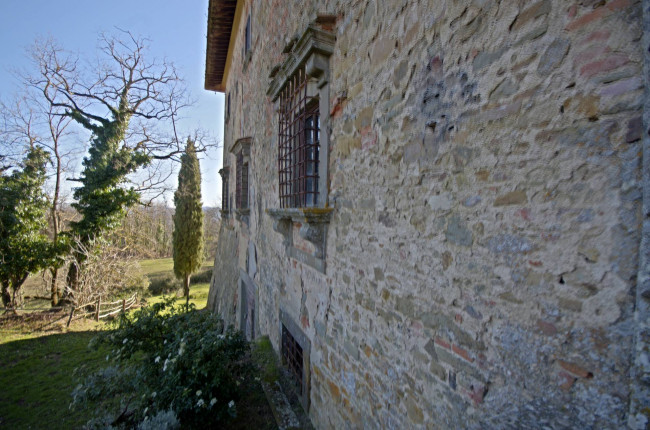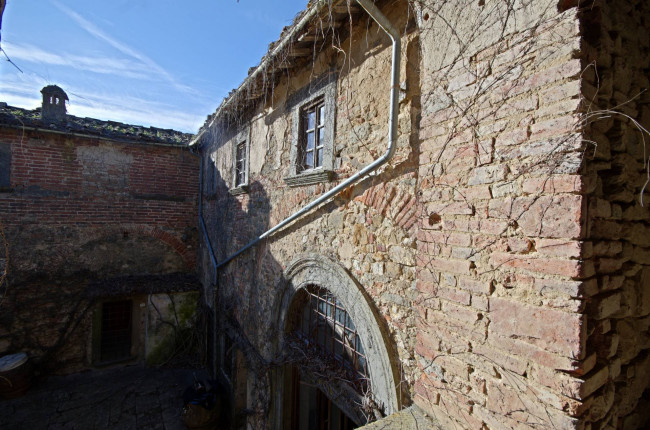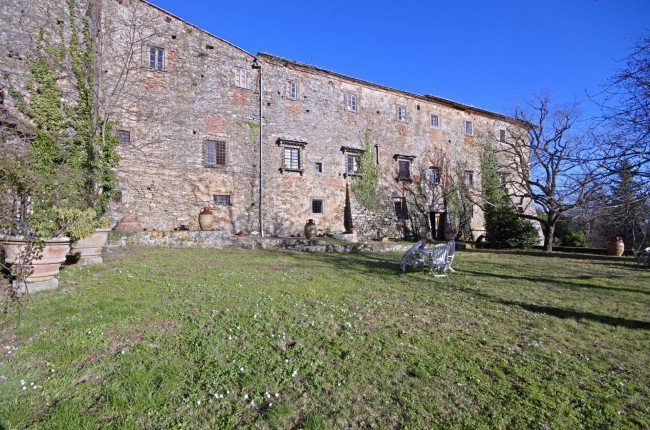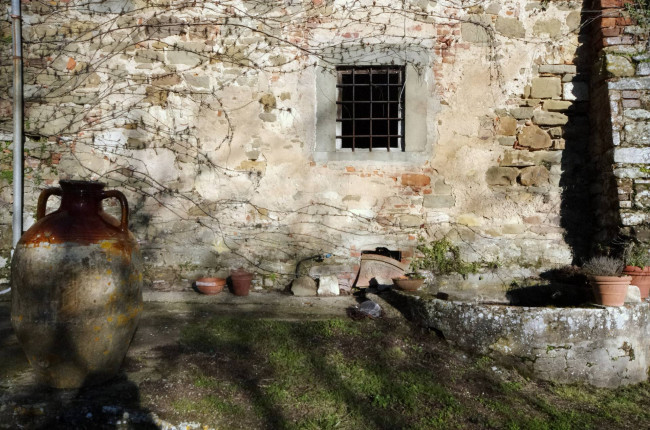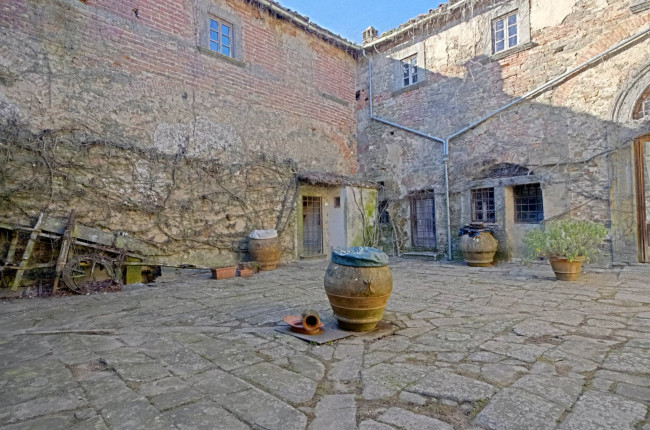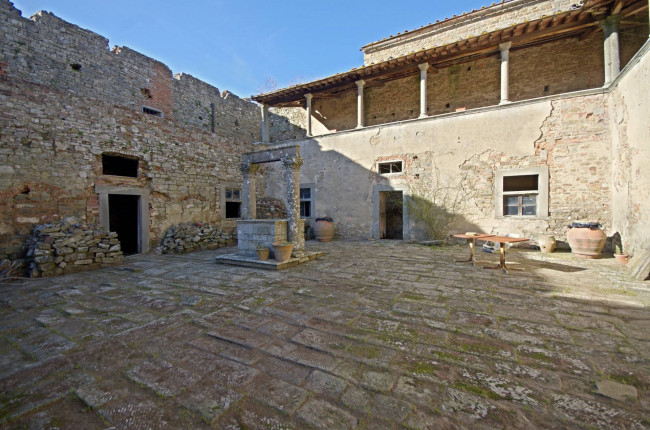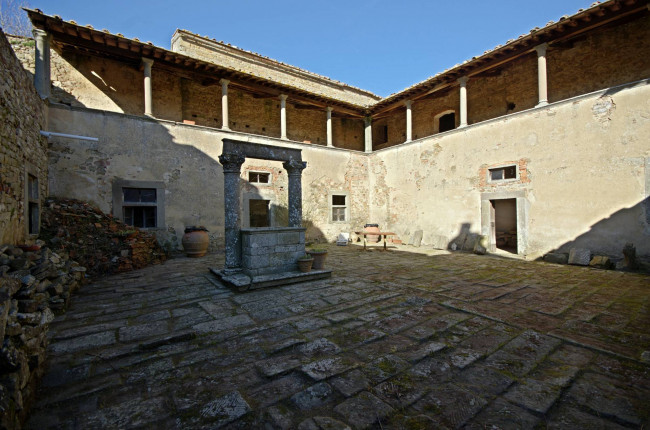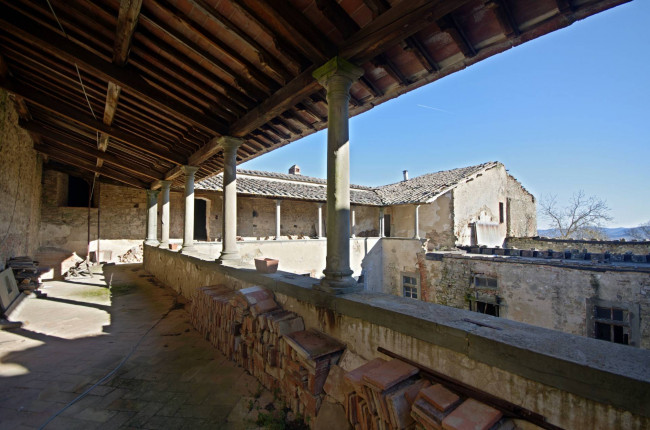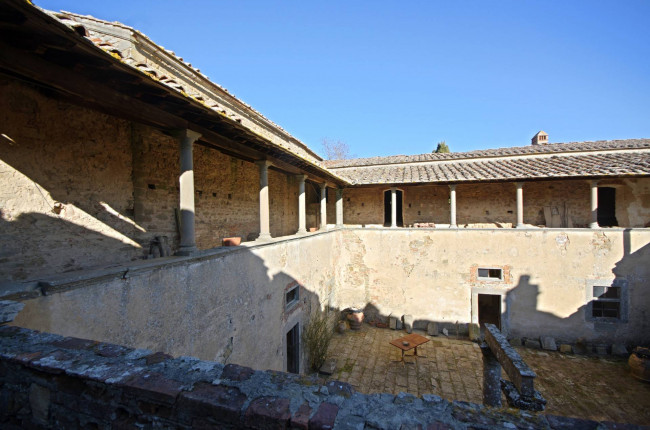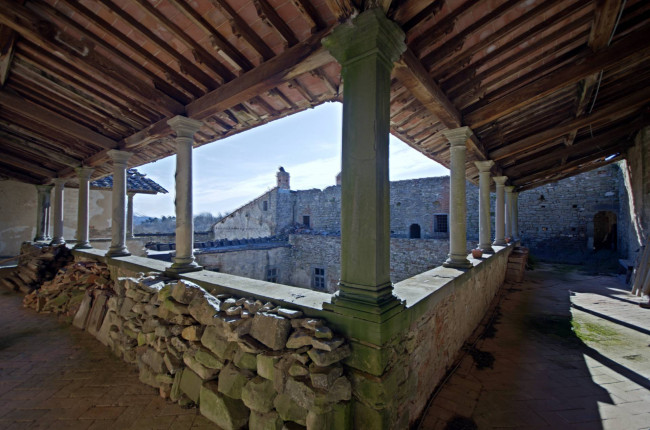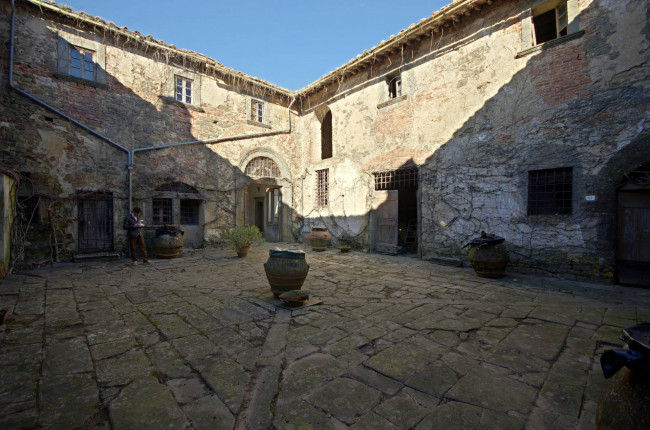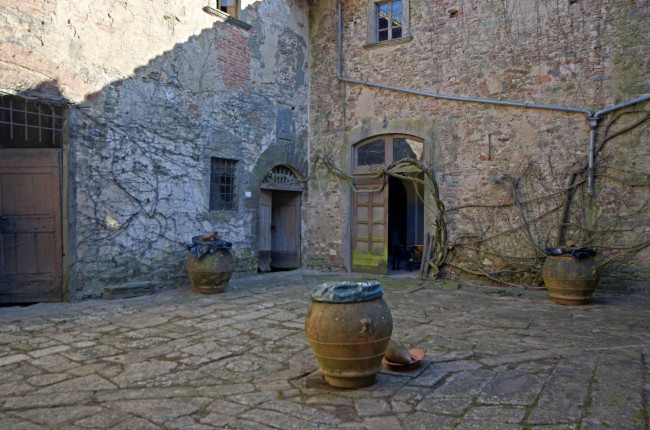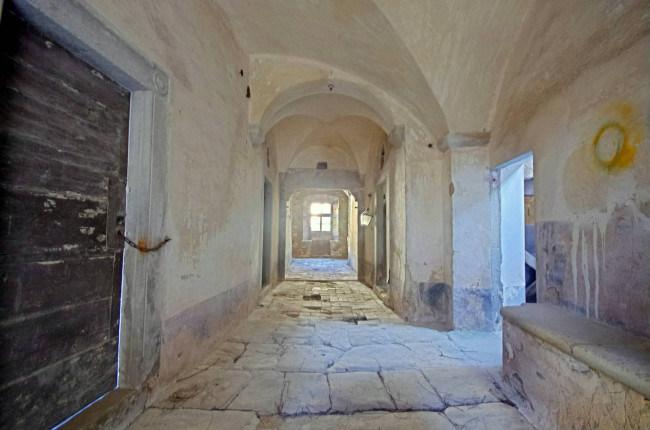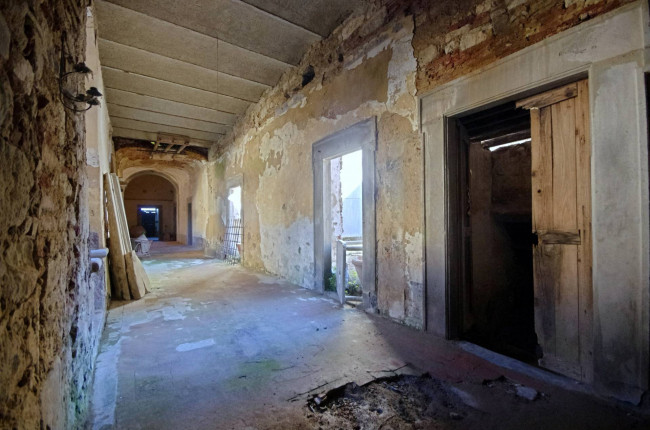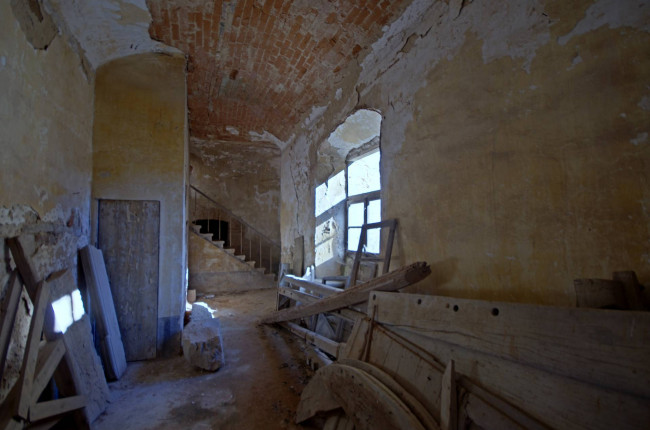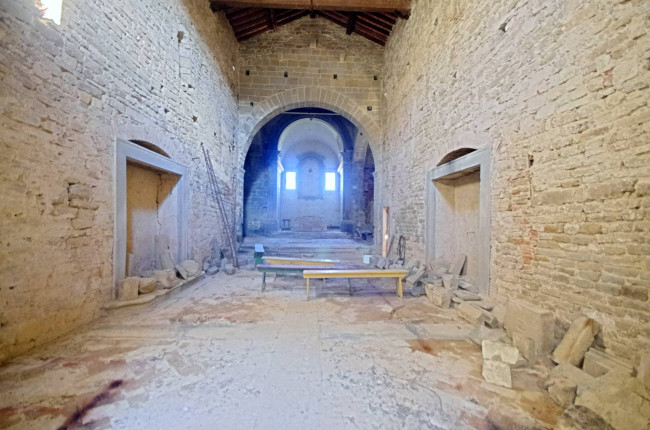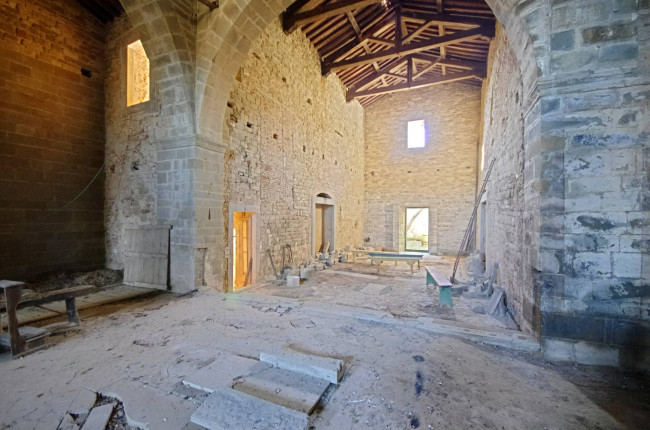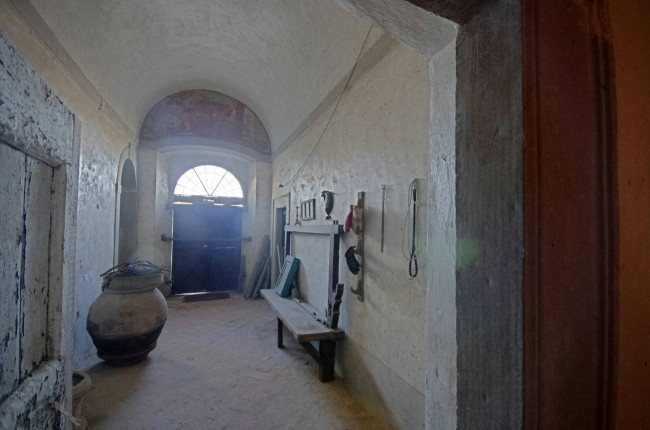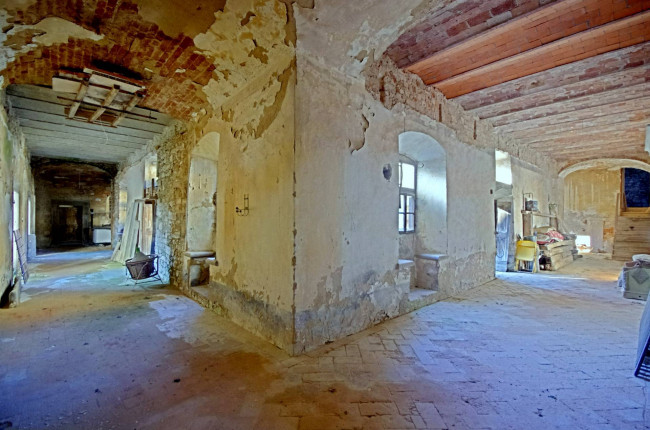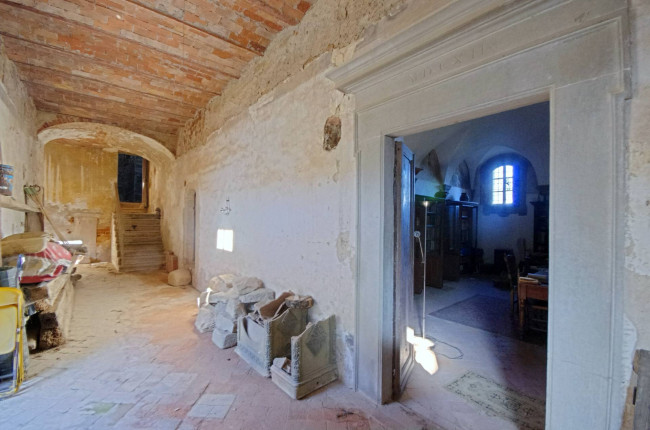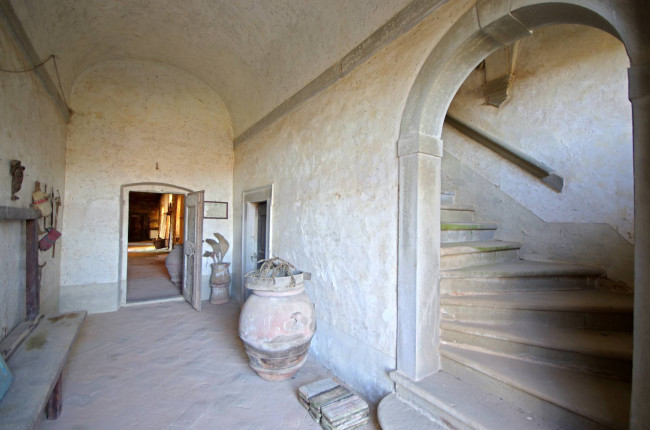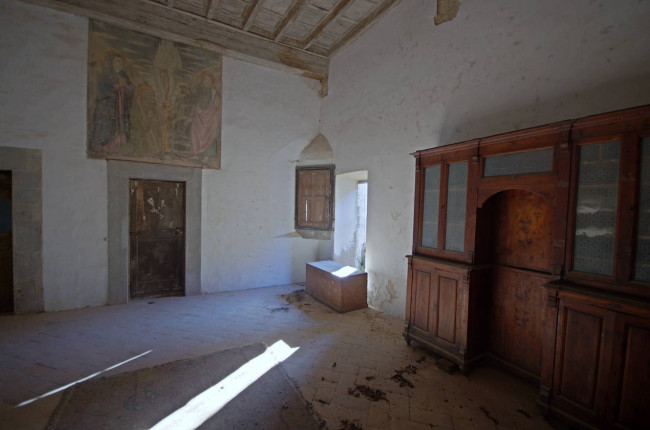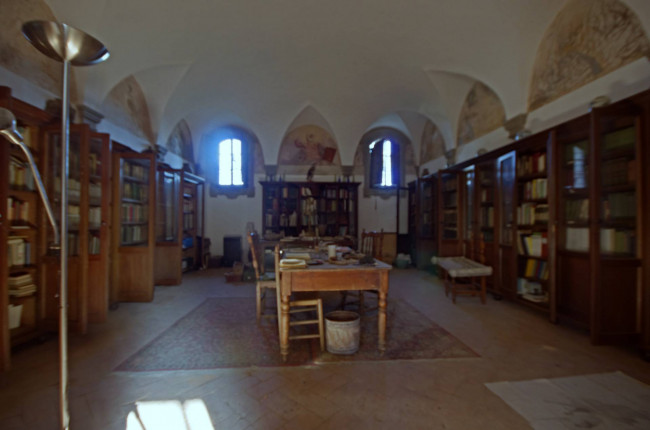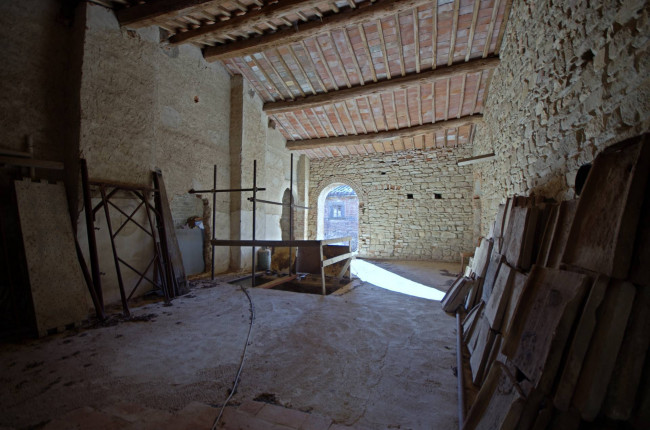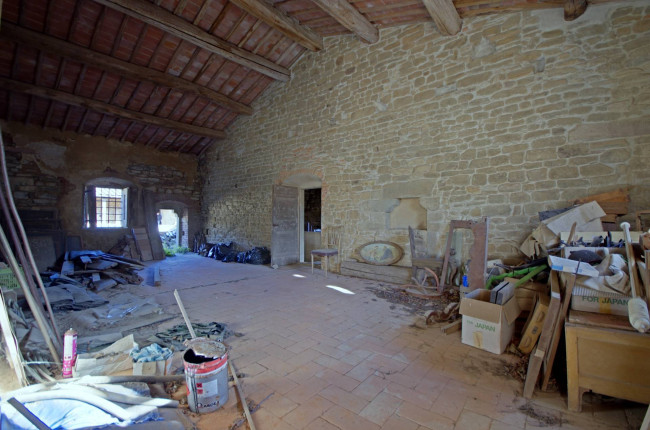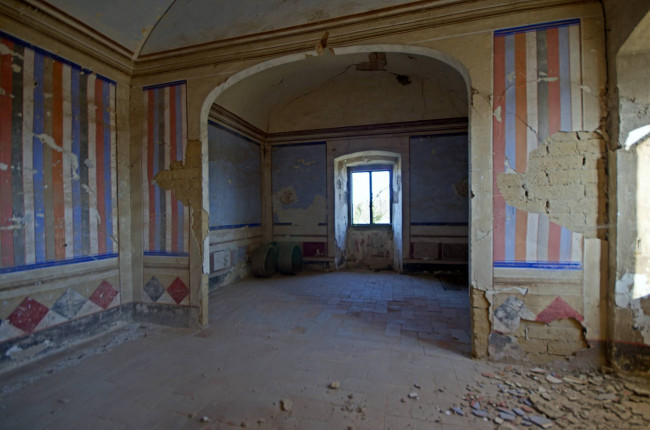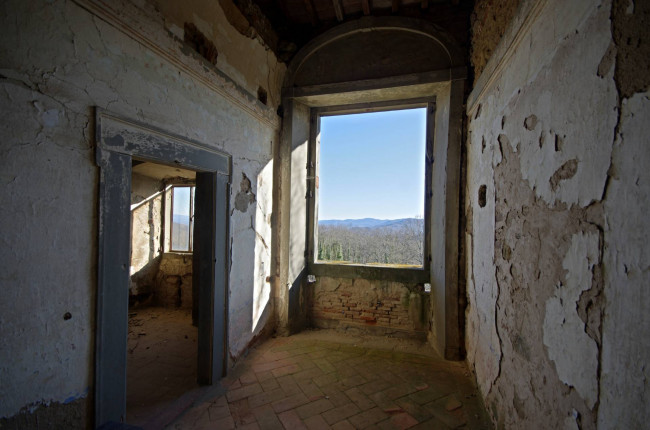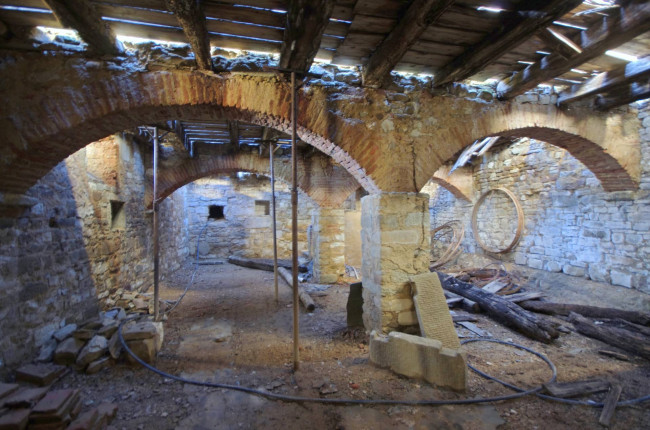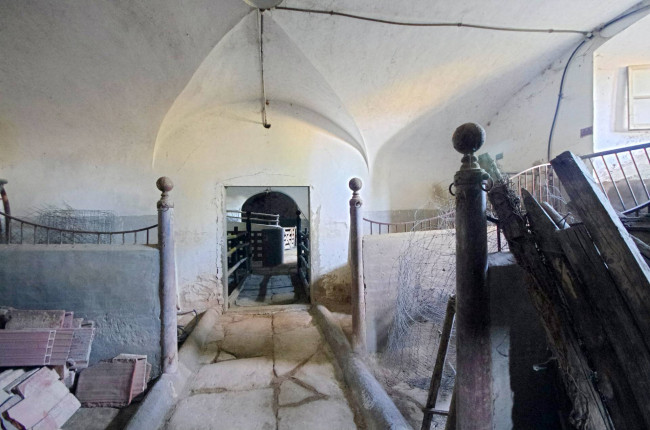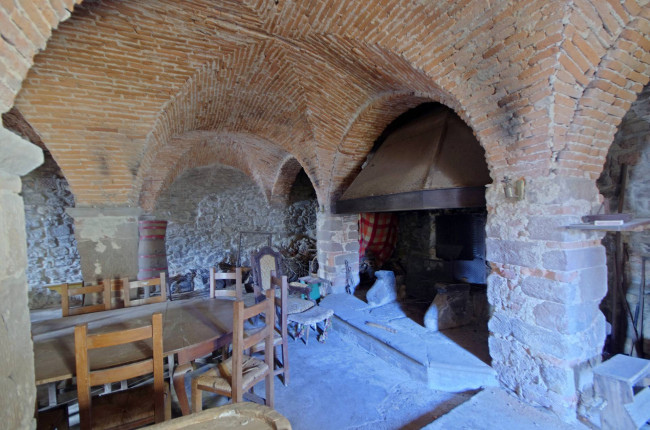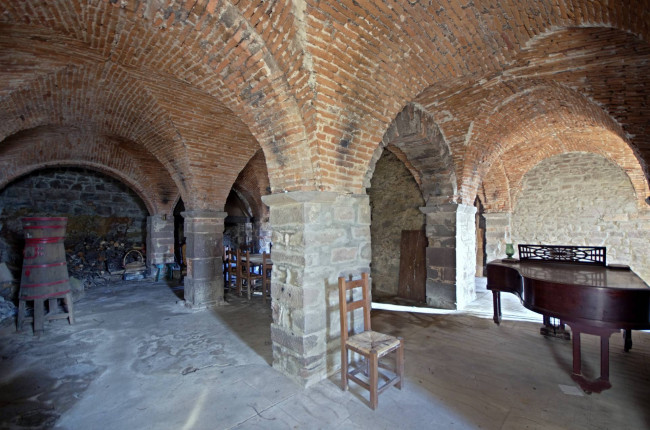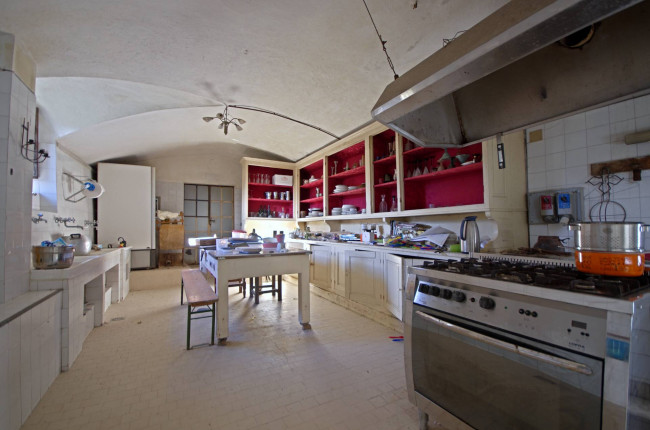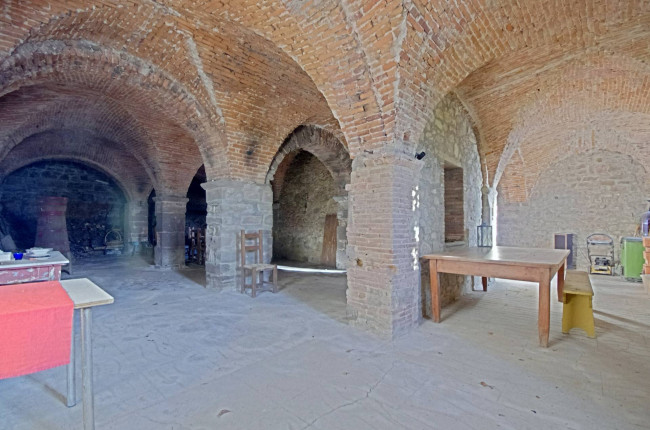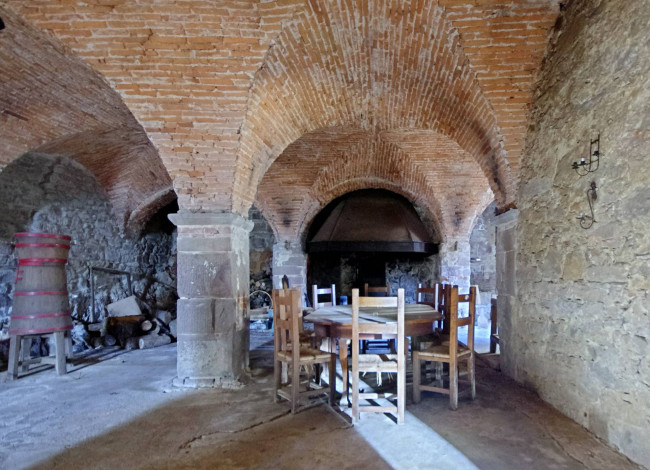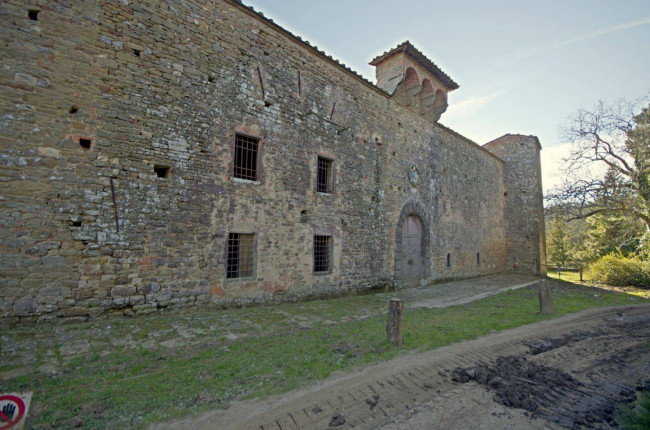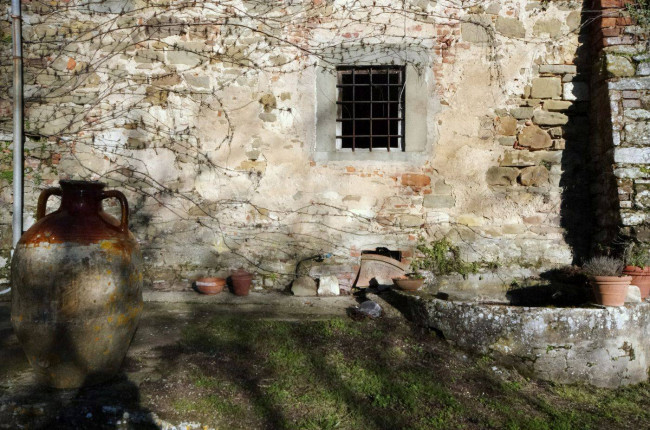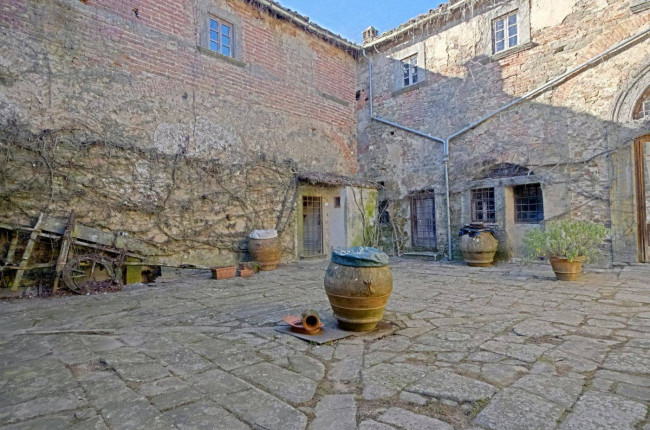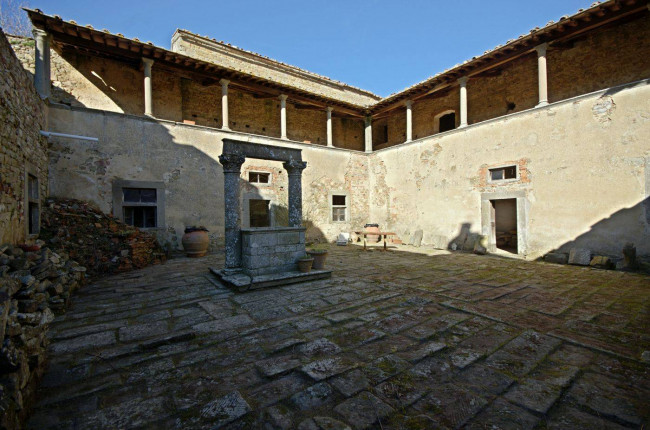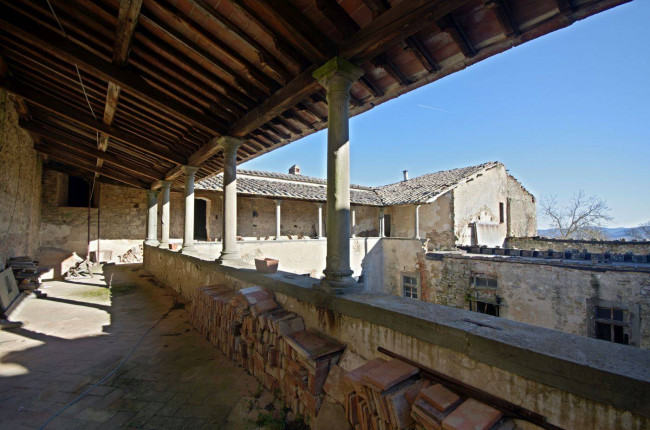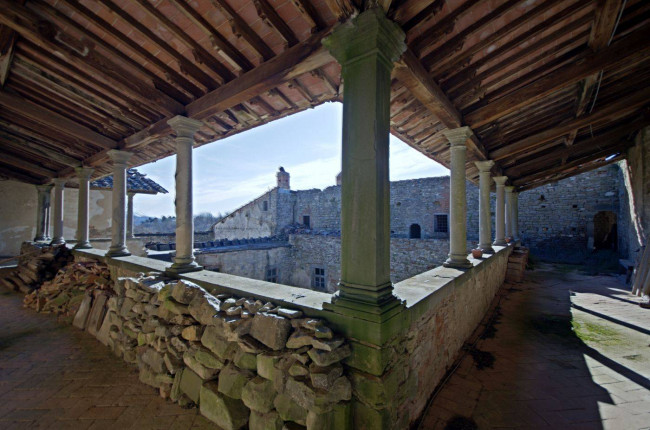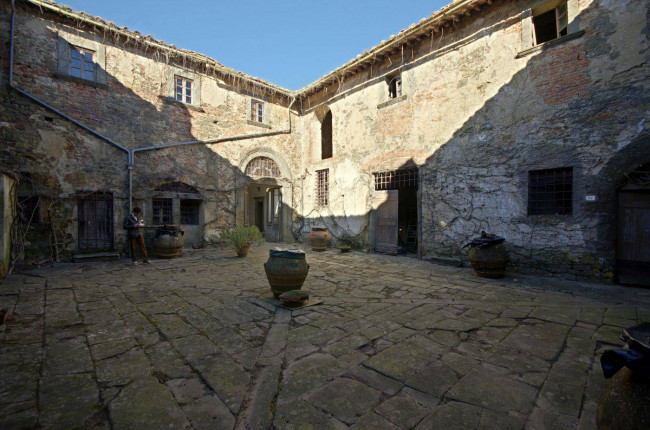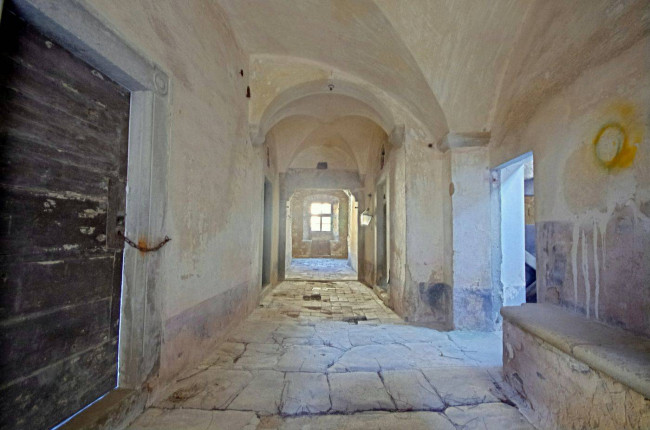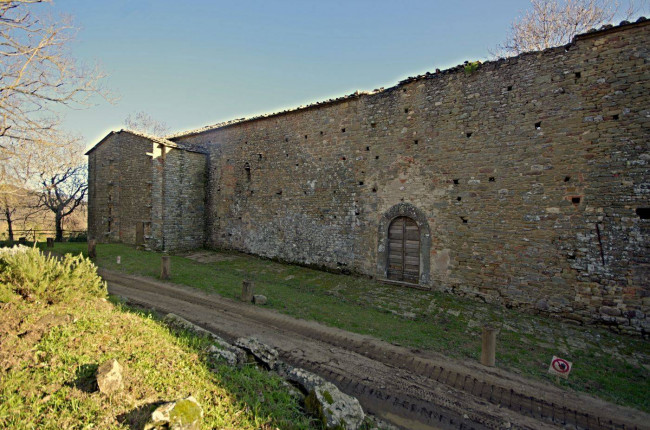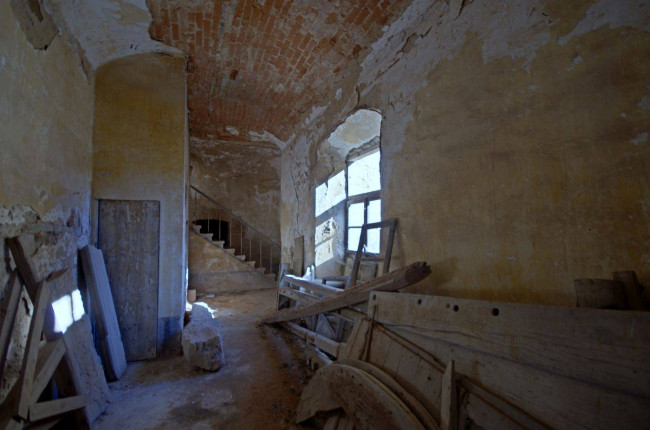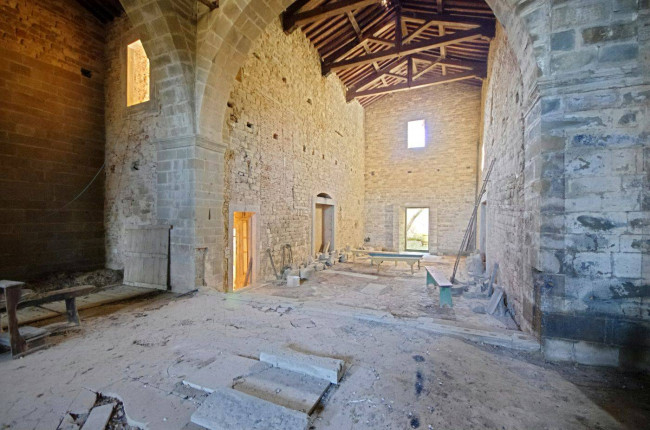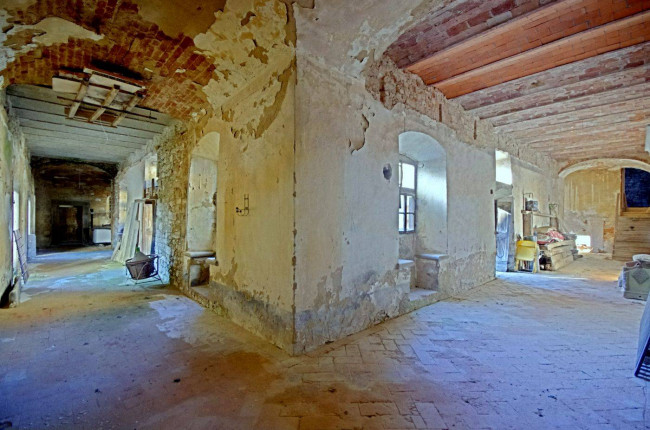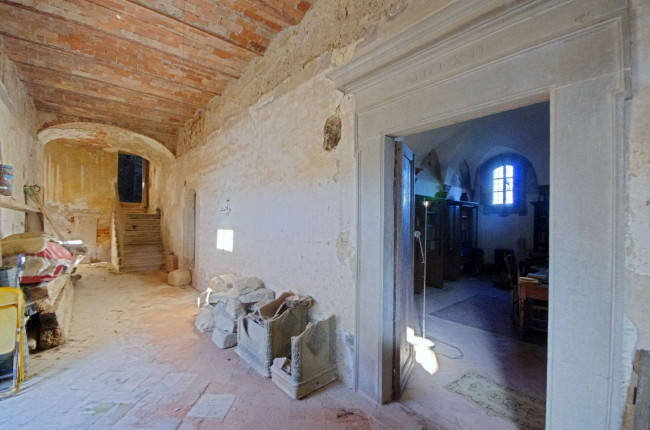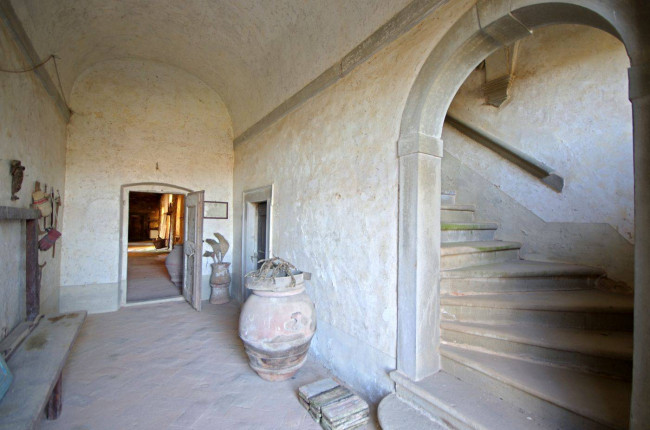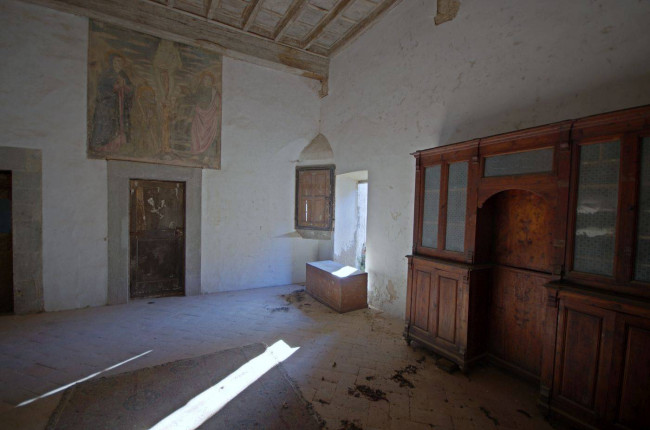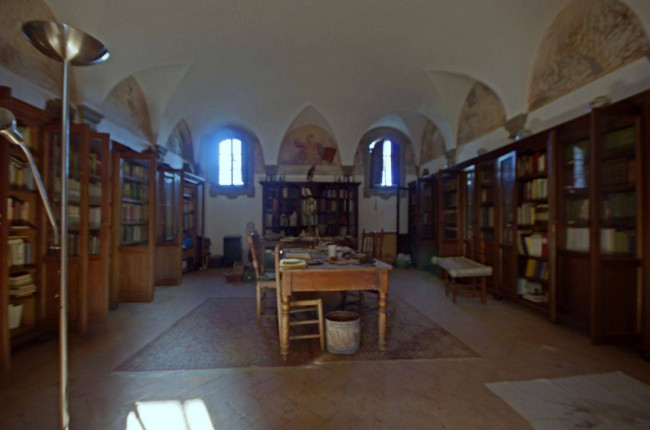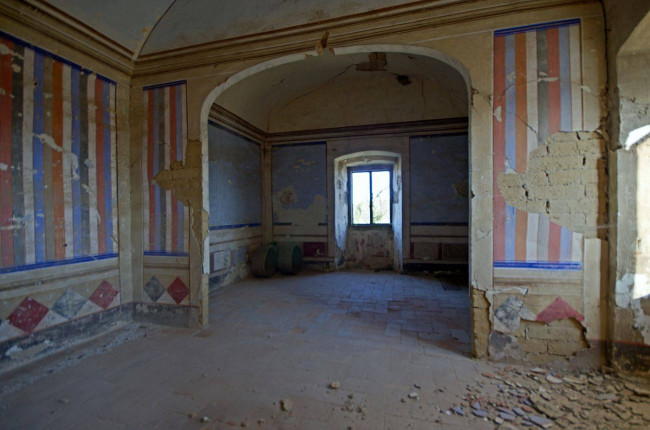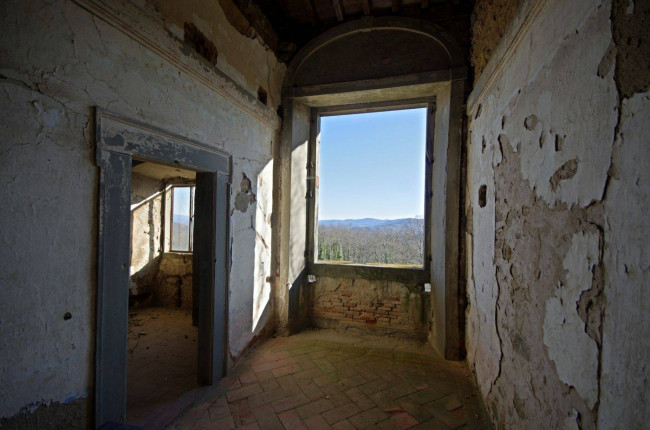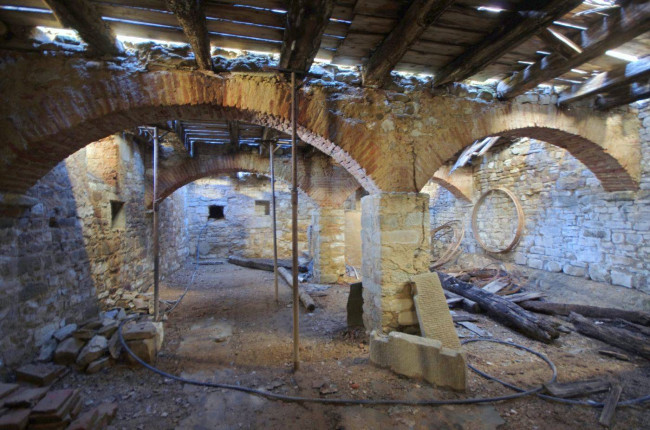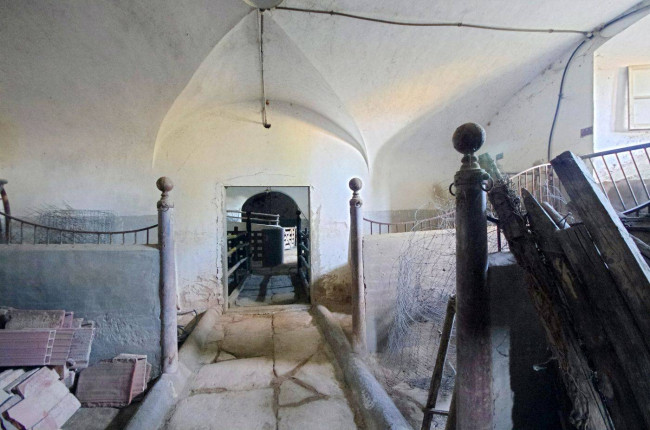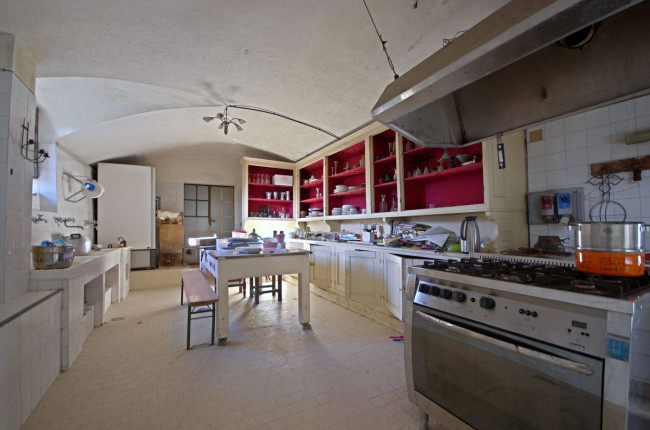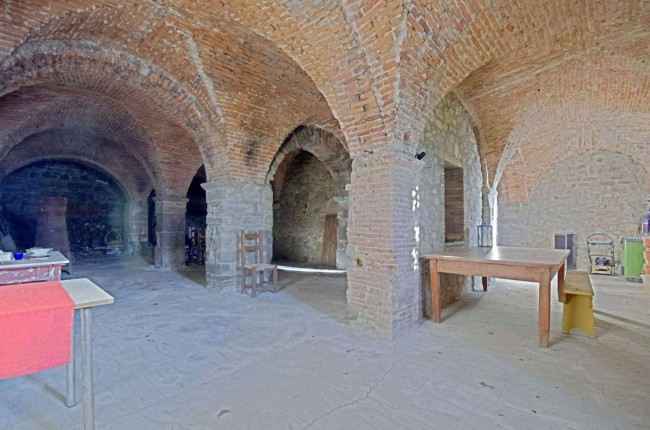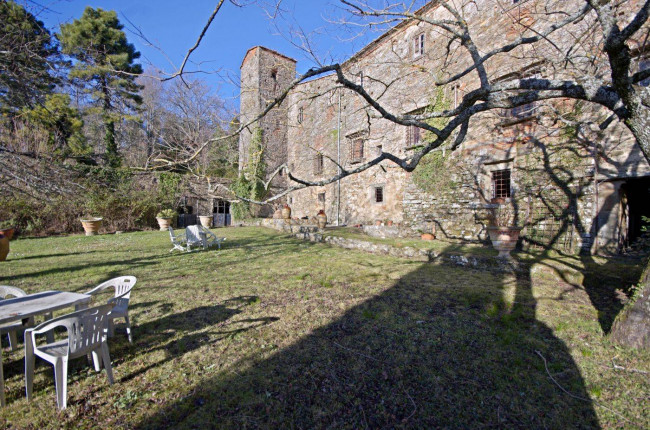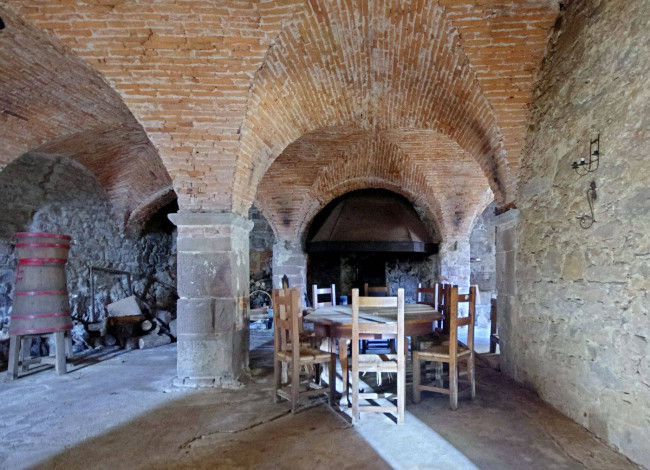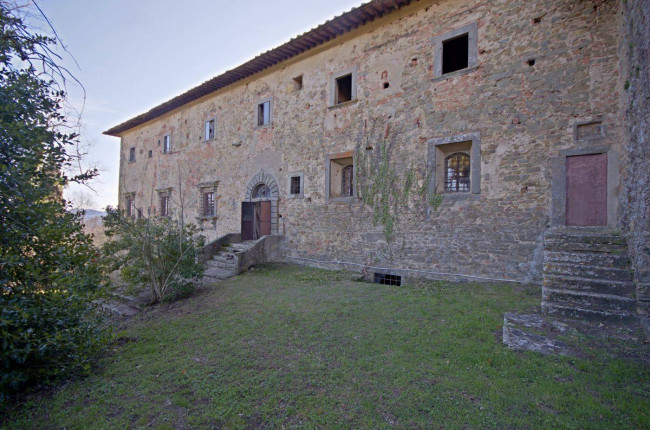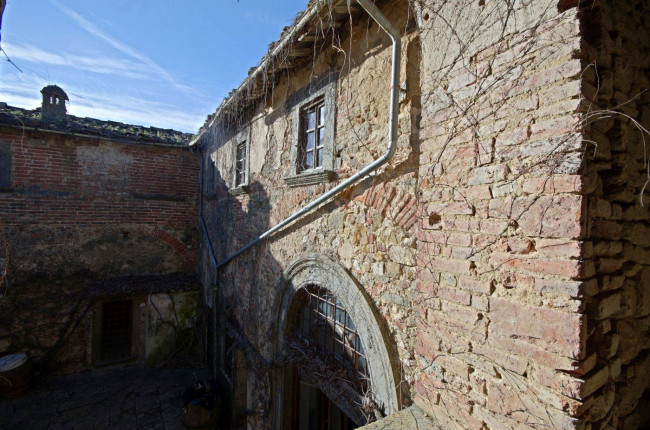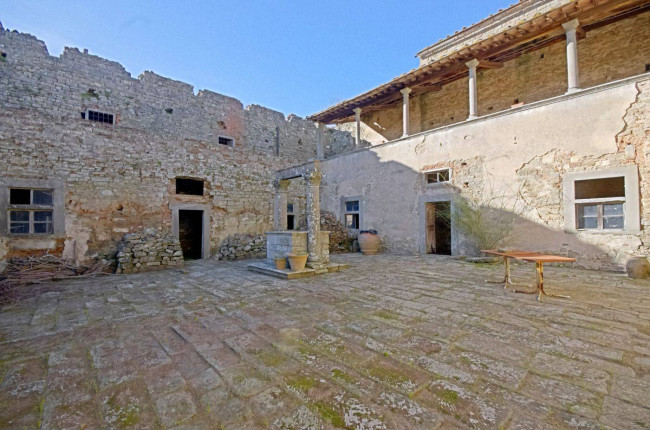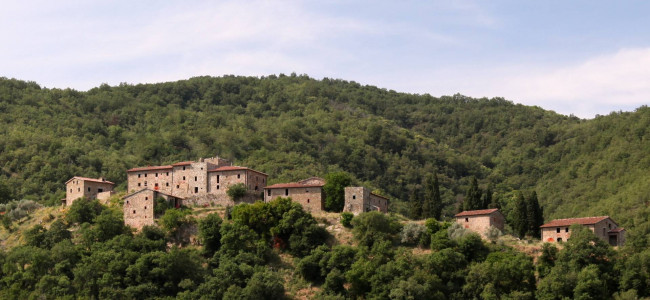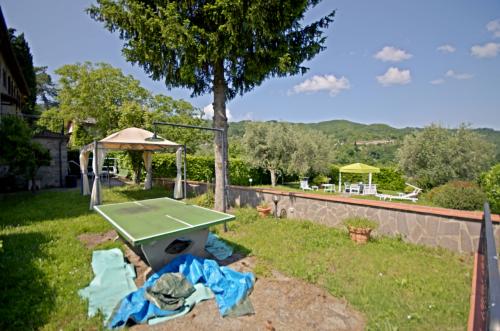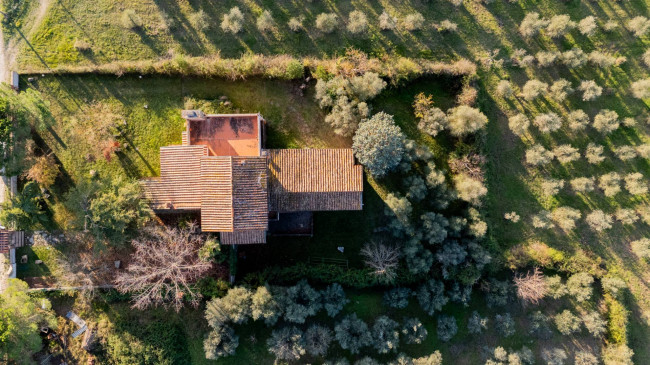- You are in
- Home ›
- Properties ›
- Greve in Chianti ›
- Sale ›
- ›
- for sale in Greve in Chianti
for sale in Greve in Chianti - La Panca-Dudda
sp66
ABBEY, CHIANTI'S LAST TREASURE, The origins of the Abbey are lost in the medieval night. Historians agree that it was the fourth Abbey after Vallombrosa, founded by San Giovangualberto and place its foundation around 1040. Emanuele Repetti (historian, 1776-1852) recalls that it had been a "monastery of secular monks" when in January 1040 the nobles of the nearby Cintoia Castle offered these inhabitants of the convent various plots of land located near it. It is very likely that after these donations, San Giovangualberto introduced the dominion of the Vallombrosans. The prior Fedele Sodani, a Vallombrosan and founder of the Abbey of Coltibuono, cites the year 1038 for the foundation, but we have no idea on what documentation this statement is based. The Abbey, like other large monastic estates, was subjected by the Republic of Florence to a "regime in commandam," a veritable disaster for large and opulent abbeys. This regime was proclaimed by the Florentine Republic itself on May 14, 1455, but although its various leaders impoverished some of its ancient wealth to the Republic, over the next two centuries the Abbey reasserted its natural role as a center of power. The centrality of its power is also demonstrated by the numerous works commissioned by the monks during the Florentine Renaissance, including the now-lost bronze bell by Verrocchio, a crucifixion attributed to Bernardo di Stefano Rosselli dating to the late 15th century, numerous traces of frescoes hidden by layers of posthumous paint, likely dating to the first half of the 15th century and yet to be fully evaluated and studied, as well as the coat of arms attributed to Luca Della Robbia. The 16th and 17th centuries were quite turbulent for the entire Order of Vallombrosa, and the monks' great fortune allowed them to renovate and expand the complex. The following 18th century, the last for the monastic community of Vallombrosa, was different. After the last monks moved, the Abbey was sold in 1930 and purchased by the noble Rosselli Del Turco family, who retained ownership until the early 1990s. The Abbey consists primarily of three levels (ground floor, first floor, and basement) and is built of stone, terracotta, and wood. There are two internal courtyards, one of which features a stone well adorned with the Abbey's coat of arms, and a loggia on two of its four sides. Of note are the enormous stables in the basement, the large hall leading to a splendid garden, and the church, which was bombed during the Second World War and partially rebuilt in 1945. The complex also includes two farmhouses, approximately 100 meters from the Abbey. The total gross floor area of the Abbey is approximately 5,000 m2, and the two farmhouses included in the <strong>Salestrong> total approximately 1,200 m2. The complex is located in a large wooded area and surrounded by approximately 100 hectares of private land.<br> DISTANCE TO CITY OF ART<br> <strong>Greve in Chiantistrong> 15km<br> Florence 20km <br> Arezzo 30km<br> Siena 50km<br> Peretola Airport 40 km
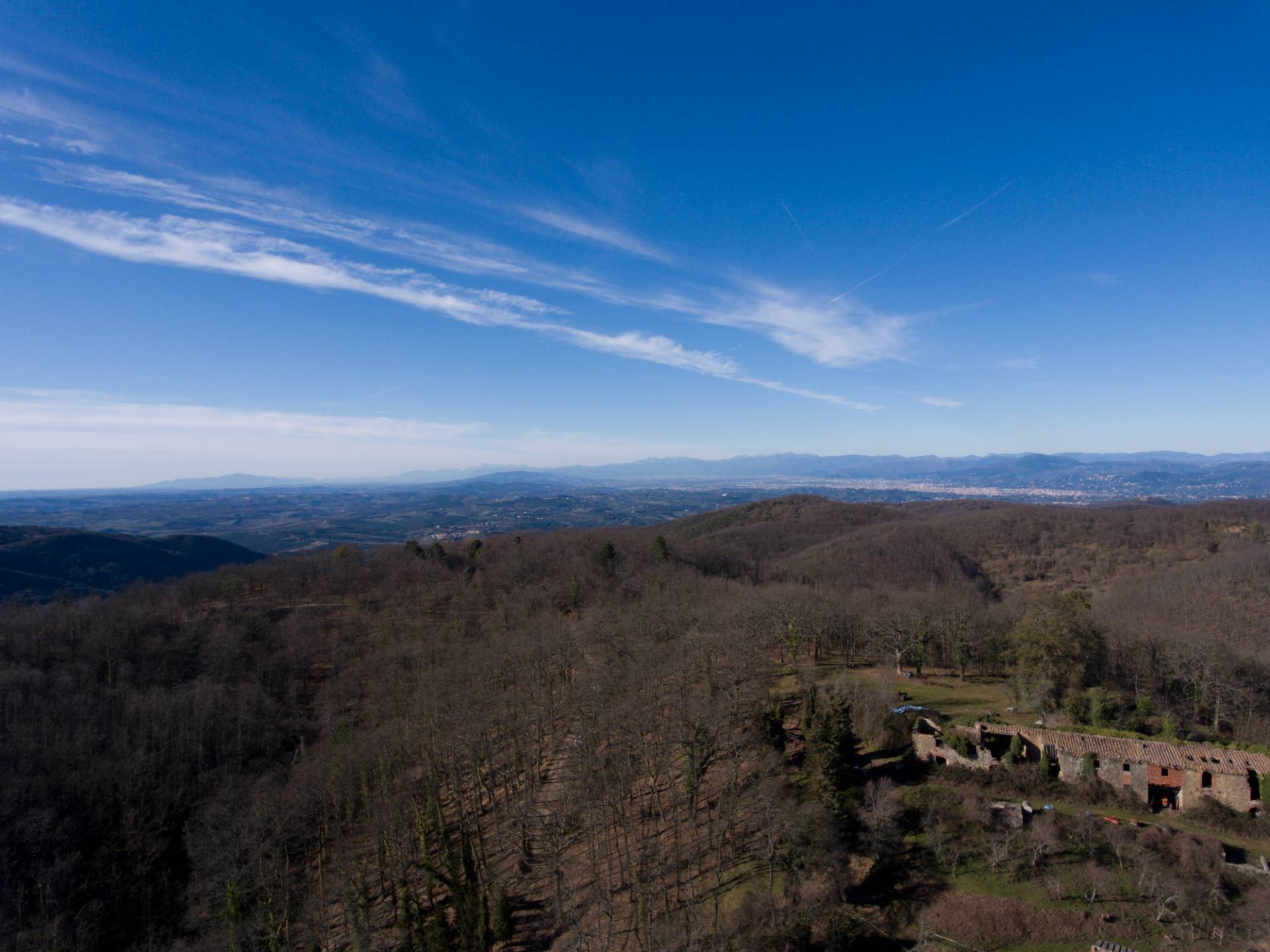
VAT: 02301980484
